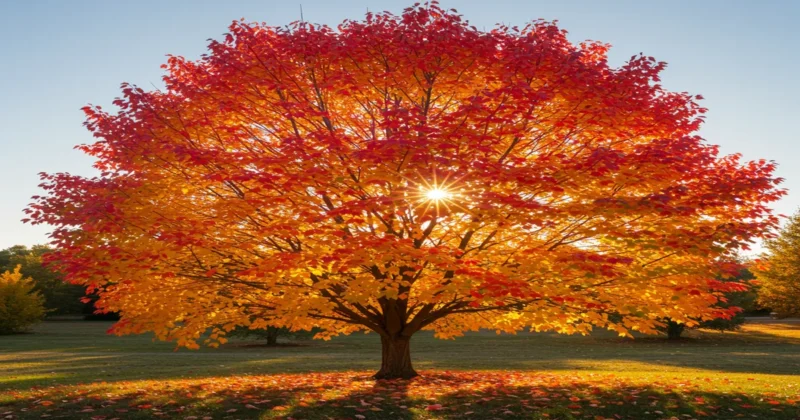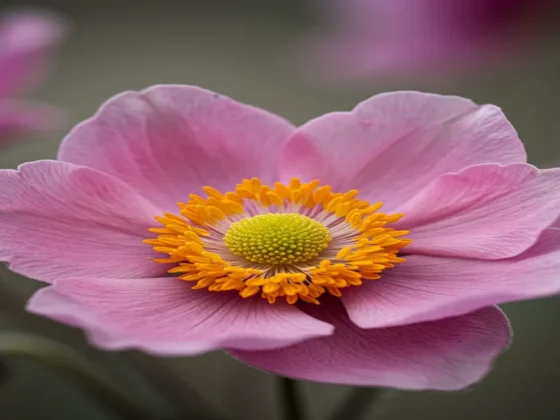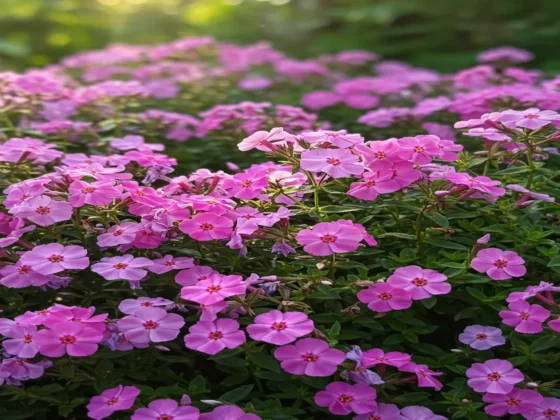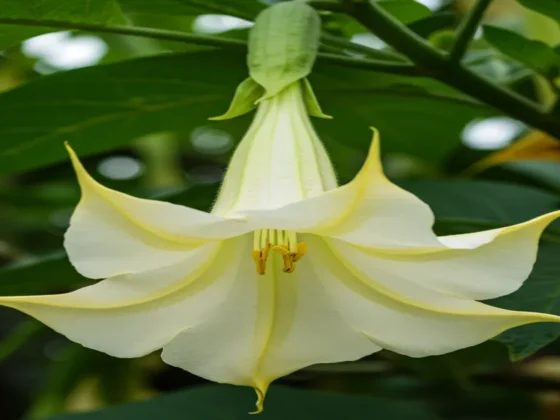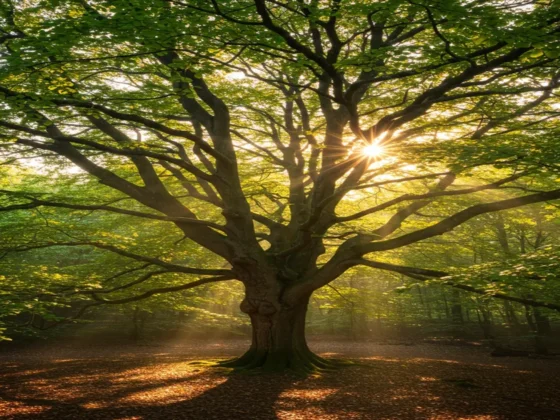The American sweetgum is a tall, deciduous tree with shiny green leaves during the summer season. It is most prized for its vibrant autumn foliage which often showcases a mix of colors like red, orange, yellow, and purple on the same tree. Its distinctive spiky gumball-like fruits are a key feature that gives rise to its common name, “gum tree.”
The leaves of the tree have serrated edges. Some of its alternative names are descriptive of its characteristics: It has star-shaped leaves with 5 to 7 lobes (hence the name “star-shaped gum”), rough bark resembling alligator skin (hence “alligatorwood”), and certain branches have “winged” appendages, akin to the winged euonymus, also known as “burning bush” (Euonymus alatus), featuring corky flanges.
| Common Names | Sweetgum, sweet gum, alligatorwood, American sweetgum, American storax, gum tree, redgum, star-leaved gum |
| Botanical Name | Liquidambar styraciflua |
| Plant Family | Altingiaceae |
| Plant Type | Tree |
| Mature Size | 80 ft. tall, 60 ft. wide |
| Sun Exposure | Full |
| Soil Type | Well-drained, loamy |
| Soil pH | Acidic, neutral |
| Hardiness Zones | 5 to 9 (USDA) |
| Native Areas | North America |
Varieties of Sweetgum Trees
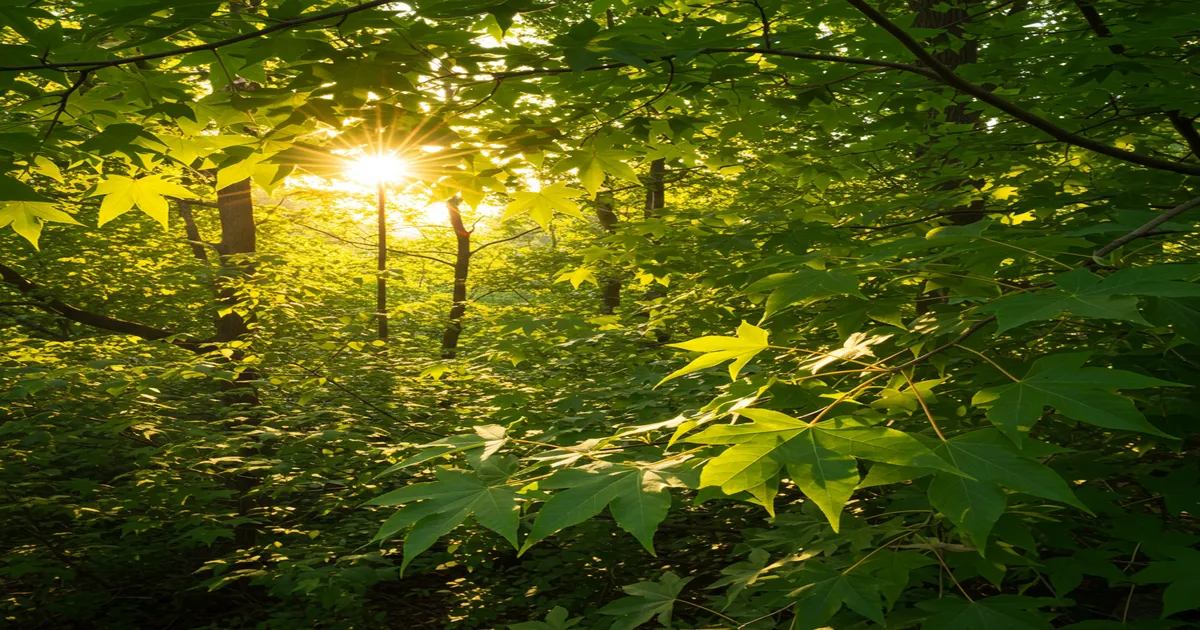
The Liquidambar genus comprises several species other than styraciflua, as well as cultivars different from ‘Rotundiloba,’ such as:
- Liquidambar formosana: More resistant to drought than most sweetgums; 40 to 60 feet tall and wide; zones 6 to 9
- Liquidambar acalycina ‘Burgundy Flush’: Leaves in shades of burgundy, purple, and bronze; 50 feet tall and 25 feet wide; zones 6 to 8
- Liquidambar styraciflua ‘Slender Silhouette’: Tall and narrow shape; 50 feet tall and only about 4 feet wide; zones 5 to 8
- Liquidambar styraciflua ‘Variegata’: Leaves with variegated patterns of yellow or off-white; 60 feet tall and 25 feet wide; zones 4 to 10
- Liquidambar styraciflua ‘Gumball’: Compact shrub-like dwarf variety; 5 feet by 5 feet; zones 5 to 8
Trimming

If you find it necessary to trim your tree, make sure to only cut off branches that are dead, diseased, or damaged. The ideal time for this task is immediately after the blooming season, which typically falls in April or May. Apart from that, this tree does not need any trimming.
How to Propagate Sweetgum Trees

Propagating American sweetgum trees through cuttings can be difficult, so seed propagation is more commonly used. However, if you want to attempt growing a new tree from a cutting of a green, non-woody stem, here are the steps to follow:
Steps for Propagating Sweetgum Trees From Seeds
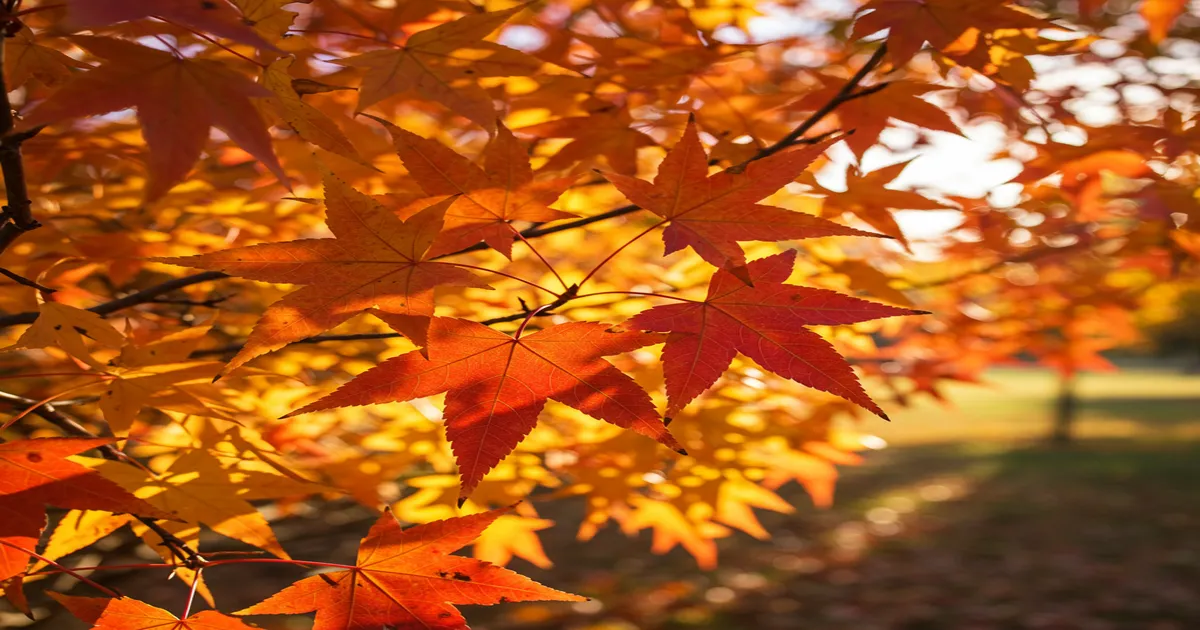
Although the ‘Rotundiloba’ variety does not produce fruit, the regular sweetgum tree yields gumballs that ripen in the late autumn. The challenge lies in the timing to use them for propagation.
Green gumballs are not yet mature, while waiting too long after they turn brown can lead to seed loss. This is because once the gumball dries completely, small holes form on its surface through which the seeds are expelled.
The best time to collect the seeds is after they have browned (indicating maturity) but before the fruit dries. There is only a short window available for this task. The fruit should be brought indoors to finish the drying process, preferably in a dry location. Placing the fruit in a shallow pan is recommended, with drying typically taking 5 to 7 days to complete. At that stage, the seeds will be expelled, ready for collection.
Sweetgum seeds need a period of cold stratification, so it is advised to store them in an envelope in the refrigerator for 30 to 60 days. Plant the seeds outdoors after the last frost date has passed.
Winter Protection

American sweetgum is able to withstand cold temperatures down to zone 5. If you reside in an area north of zone 5, you may need to take steps to protect it during the winter months by mulching around its roots to shield them from extreme cold.
Common Plant Diseases
This species can withstand pests like rabbits quite well. However, it is vulnerable to certain plant diseases.
Leaf Spot
The leaf spot fungal disease causes spots of various colors, shapes, and sizes to appear on the top of the leaves. Typically, these spots are dark or light with a dark border, and they are either rounded or irregular in shape. While leaf spot is usually not fatal, it hinders photosynthesis, weakens the tree, and makes it more prone to other plant diseases.
To control leaf spot, it is best to take preventive measures:
- Avoid watering in the late evening to prevent moisture from lingering on the plant’s foliage overnight, creating favorable conditions for fungal diseases.
- Water at ground level to avoid moistening the foliage, which can attract fungal infestations. Similarly, refrain from watering from above for the same reason.
- Maintain good garden hygiene by removing accumulated leaves around plants, ensuring proper plant spacing for airflow, and correctly disposing of diseased plants.
Chlorosis
If your American sweetgum is growing in soil that is too alkaline, it may develop a condition called “chlorosis” due to a soil deficiency. Chlorosis is often indicated by yellowing leaves or leaf veins.
To address the chlorosis issue, you need to correct the soil deficiency. Prior to taking action, send a soil sample to your county extension office for analysis. They will identify the deficiency and recommend a suitable soil amendment, such as fertilizers designed for acid-loving plants to lower the soil pH.
FAQ
Is American sweetgum deer-tolerant?
American sweetgum trees are usually not bothered by deer.


